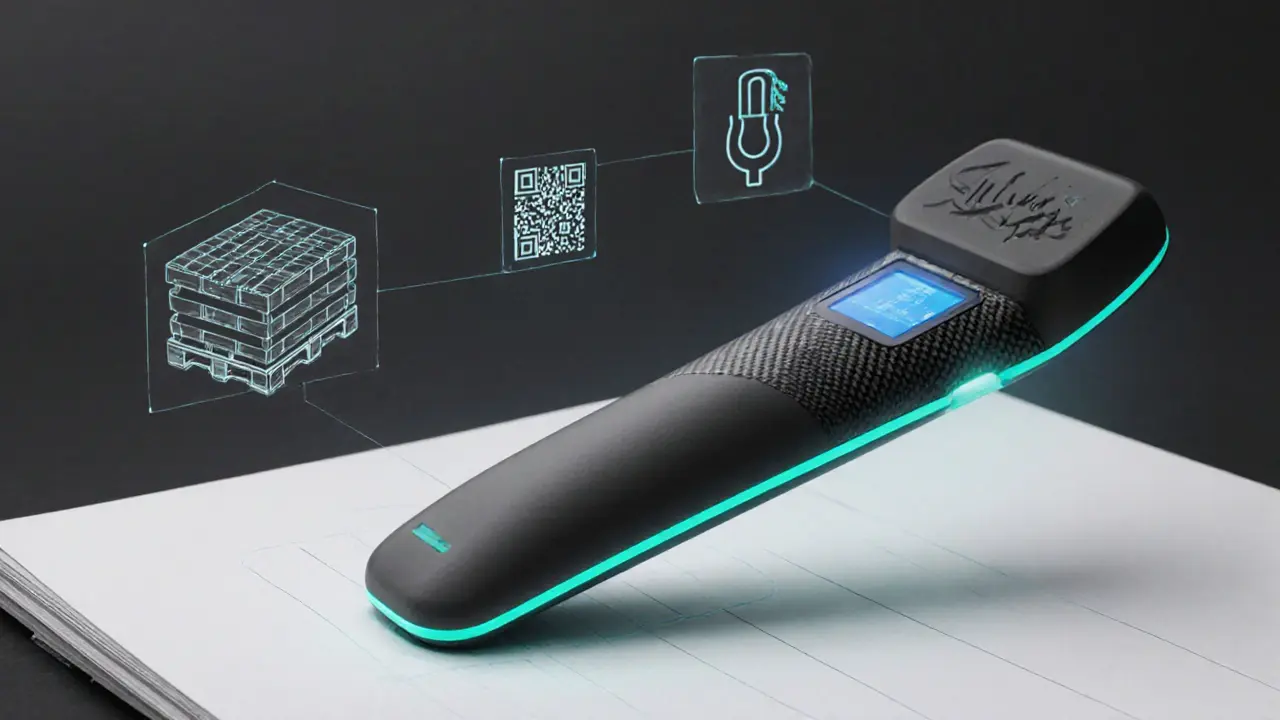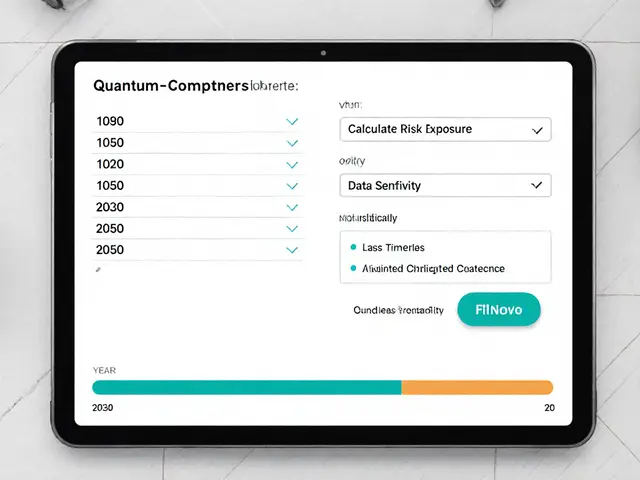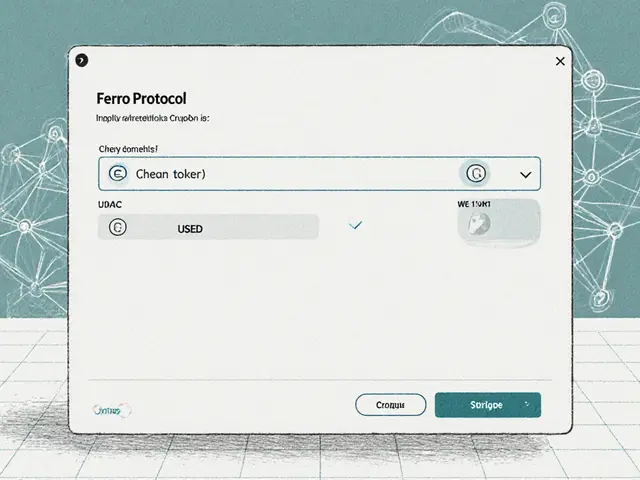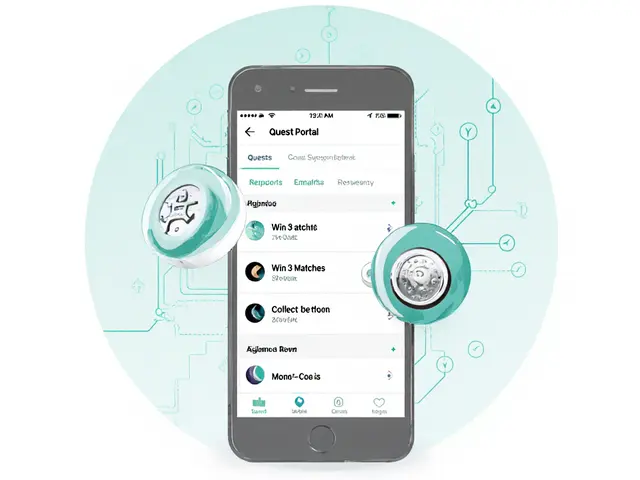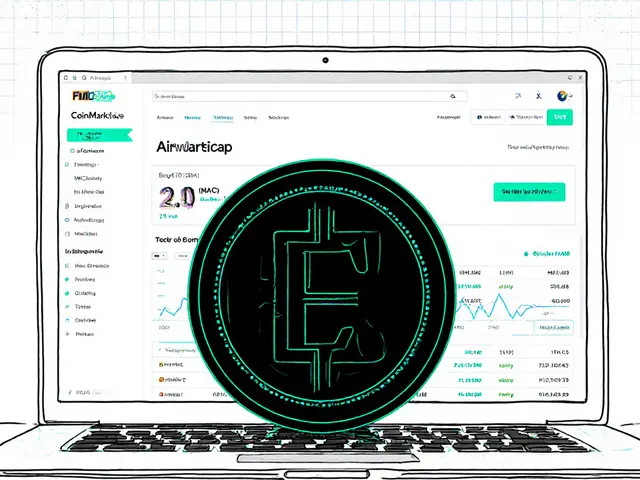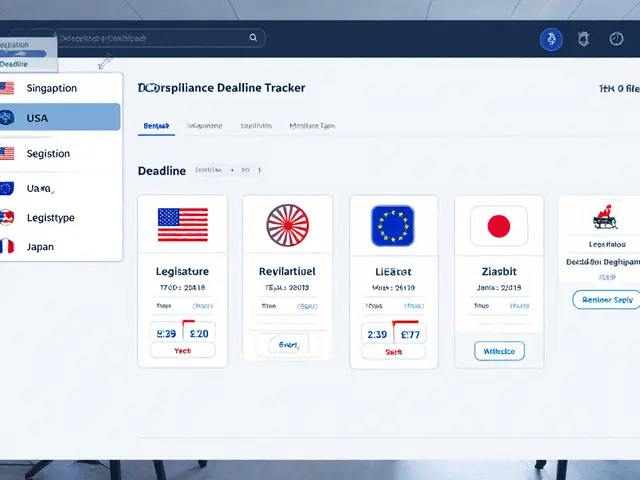Tokenization: Turning Assets into Tradeable Digital Tokens
When working with Tokenization, the process of converting real‑world assets into blockchain‑based digital tokens. Also known as digital asset encoding, it lets anyone slice an asset into tiny, verifiable pieces that can be bought, sold, or used in smart contracts. Think of a classic artwork, a piece of land, or even future cash flows – each can become a token that lives on a public ledger. This shift isn’t just a tech gimmick; it reshapes how value moves, lowers entry barriers, and opens new financing routes for projects that used to need massive capital. Below you’ll see how Real Estate Tokenization, fractional ownership of property via blockchain tokens and Asset‑Backed Tokens, cryptocurrencies secured by physical or financial assets are already changing markets, and why NFT Tokenization, the minting of unique digital collectibles that represent ownership rights matters for collectors and investors alike.
Why Tokenization Matters Today
Tokenization encompasses a range of use‑cases, but three patterns dominate the scene. First, real‑estate tokenization enables developers to raise funds by selling tiny slices of a building, giving retail investors access to a market that used to need millions of dollars. Second, asset‑backed tokens bring real‑world stability to crypto portfolios; a token backed by gold, a plantation, or a revenue stream links blockchain value to something tangible, which can smooth volatility. Third, NFT tokenization opens the door for creators to monetize digital art, music, and even patents, turning a single file into a tradeable, programmable asset. Each of these sub‑topics requires a blockchain platform, a smart‑contract framework, and regulatory awareness – a trio that forms the backbone of any tokenization project. In practice, a developer might launch an ERC‑20 token for a property fund, then layer an ERC‑721 NFT to represent exclusive usage rights, illustrating how tokenization and token standards interlock.
DeFi tokenization adds another layer by letting decentralized finance protocols issue their own governance or liquidity tokens. These tokens give holders voting power, fee‑share rights, or access to yield‑generating strategies, effectively turning community participation into a tradable asset. The ecosystem is buzzing because tokenization reduces friction: you no longer need a bank, a broker, or a title company to move value. Instead, you sign a transaction, pay a gas fee, and the ledger updates instantly. Below, our curated collection of articles dives into specific coin profiles, airdrop mechanics, exchange reviews, and regulatory updates – all through the lens of tokenization. Whether you’re curious about how a new AI‑driven crypto coin is tokenized, or you want to understand the risks of a privacy‑focused token, the posts below give you practical insights and actionable steps.
Real-World Applications of Blockchain Technology in 2025
Explore how blockchain tech powers supply chains, healthcare, digital identity, finance, insurance, media, energy, and AI in real-world 2025 use cases.
View More